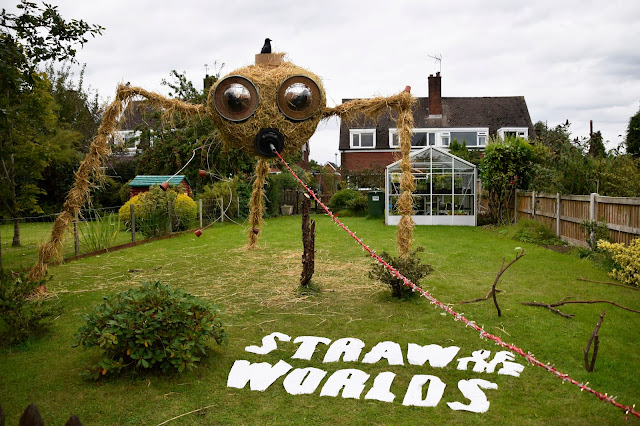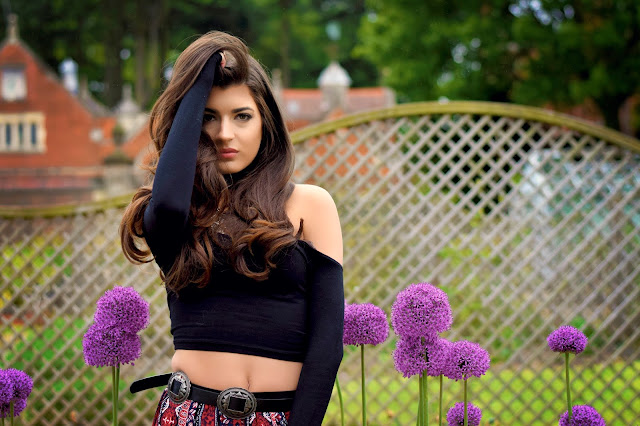Here are my final images from my Barry Island shoot. Honestly I am really disappointed with this shoot, and I really struggled throughout the day to capture the images in my head. Although I am very pleased with my final images, I'm unhappy that I only have 6 and that they are all very similar.
I spent all afternoon shooting along the coast of Barry Island and these images have been taken at various points along the beach and cliffs. I faced many problems during this shoot, the worst being the wind. Although I expected a breeze on the beach I didn't anticipate the gale force winds I was faced with all day. Because of this some of my images are very shaky and the long exposures I experimented with were a disaster. Even on my small Gorillapod tripod the camera shook, so all of my long exposure images are blurry. Even when I managed to find some cover from the wind my polarizing filter didn't go down enough stops for me to have a shutter speed of more than 1 second in the lighting conditions. Next time I want to take long exposure images I will make sure I've got the appropriate polarizing filter.
Another problem I came across was the amount of people on the beach and walking along the cliffs. The majority of my usable photographs were taken in the late afternoon when many people had gone home. This is also the reason many of my photos are taken in portrait as I was cropping people out. I do however quite like the look of Landscape photographs taken in portrait so I'm not too bothered about that.
As usual I've tried not to edit my images too much, just a bit of cropping and turning up the contrast slightly. Before taking the photographs I had plans to change the colours in the sky to look more appealing but I didn't really feel like they needed it.
I am very happy with my final images, despite them not being particularly traditional. I would like to do another Landscape shoot as its something I really enjoy and I think I need some practise.
I'd love to get some feedback on my images!
x


































